Stop 24 Services sought a reliable heating system for their service station to maintain a comfortable environment for visitors. The space, with frequent door openings and a need for consistent warmth, required a flexible and efficient solution.
Their previous hot air system had failed, and costly repairs made it unfeasible. They explored alternatives that could run on their existing electrical supply and provide targeted heating, reducing unnecessary energy consumption and costs.
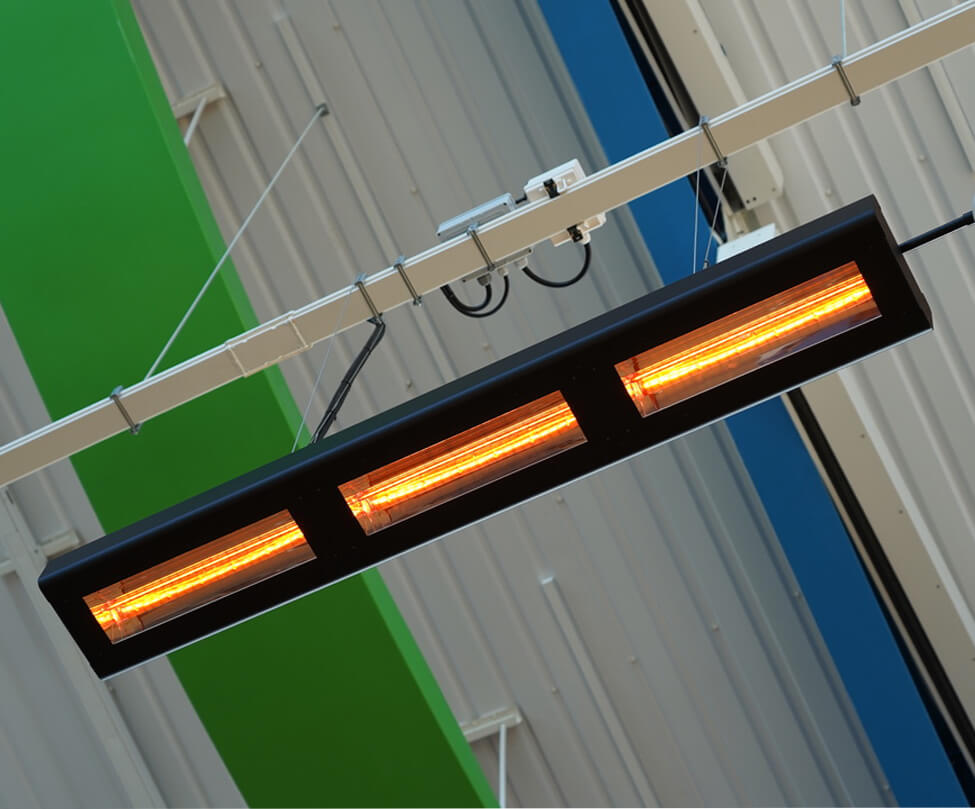
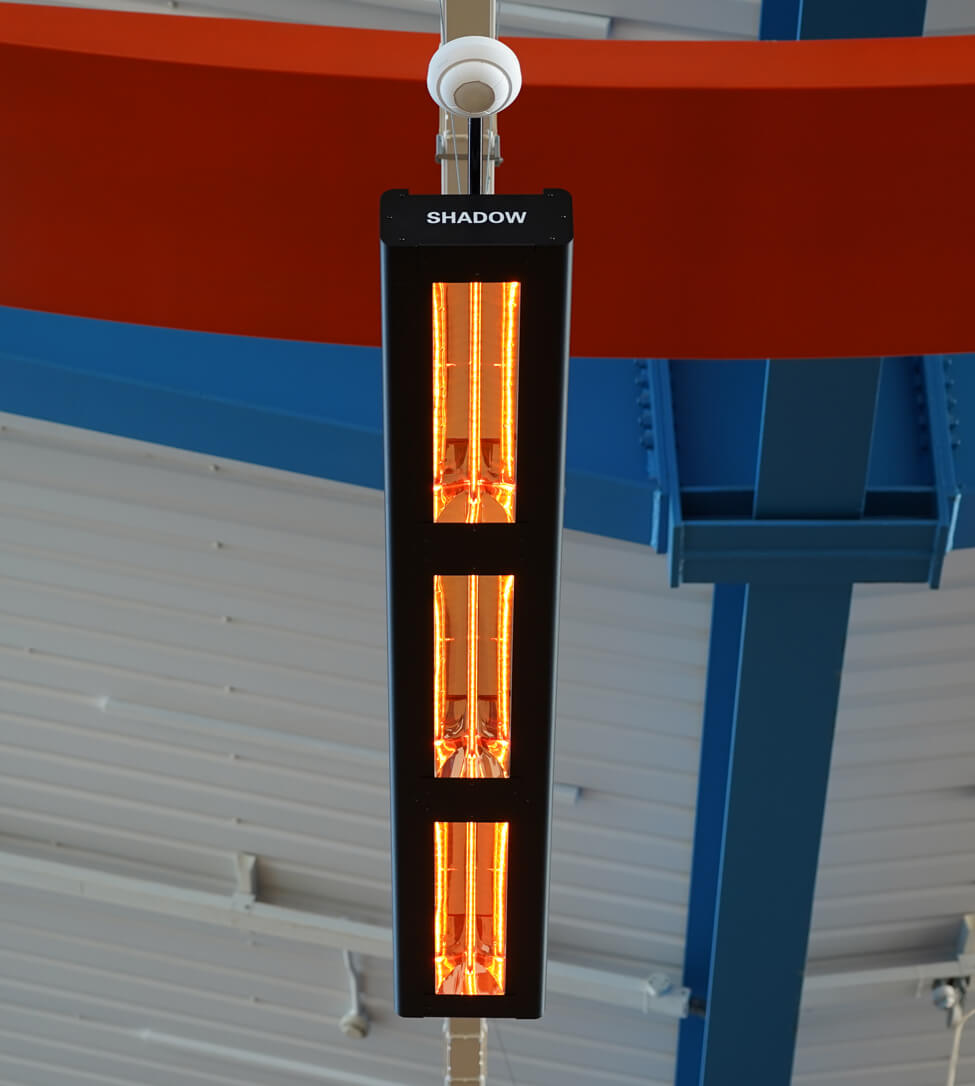
The client upgraded their heating system from wall-mounted to ceiling-mounted to improve heat coverage and ensure a more consistent temperature across the space. With high ceilings and artistic panels in place, the installation required careful planning to avoid disrupting the existing design. The heaters were mounted on a custom framework, optimising heat distribution while maintaining a clean and uniform aesthetic. All wiring and fittings were neatly concealed, allowing the system to seamlessly blend into the environment.
To enhance energy efficiency, each heater was fitted with a PIR sensor that features a 10-minute timer. This ensures the heater automatically switches off when no movement is detected, and reactivates only when someone returns, reducing unnecessary energy use while providing targeted warmth exactly where and when it's needed. The result was a highly successful installation, balancing both functionality and design while delivering consistent comfort and efficiency.
To meet the specific requirements of the space, we implemented a tailored heating solution using a combination of advanced infrared heaters and control systems. The key components of the installation included:
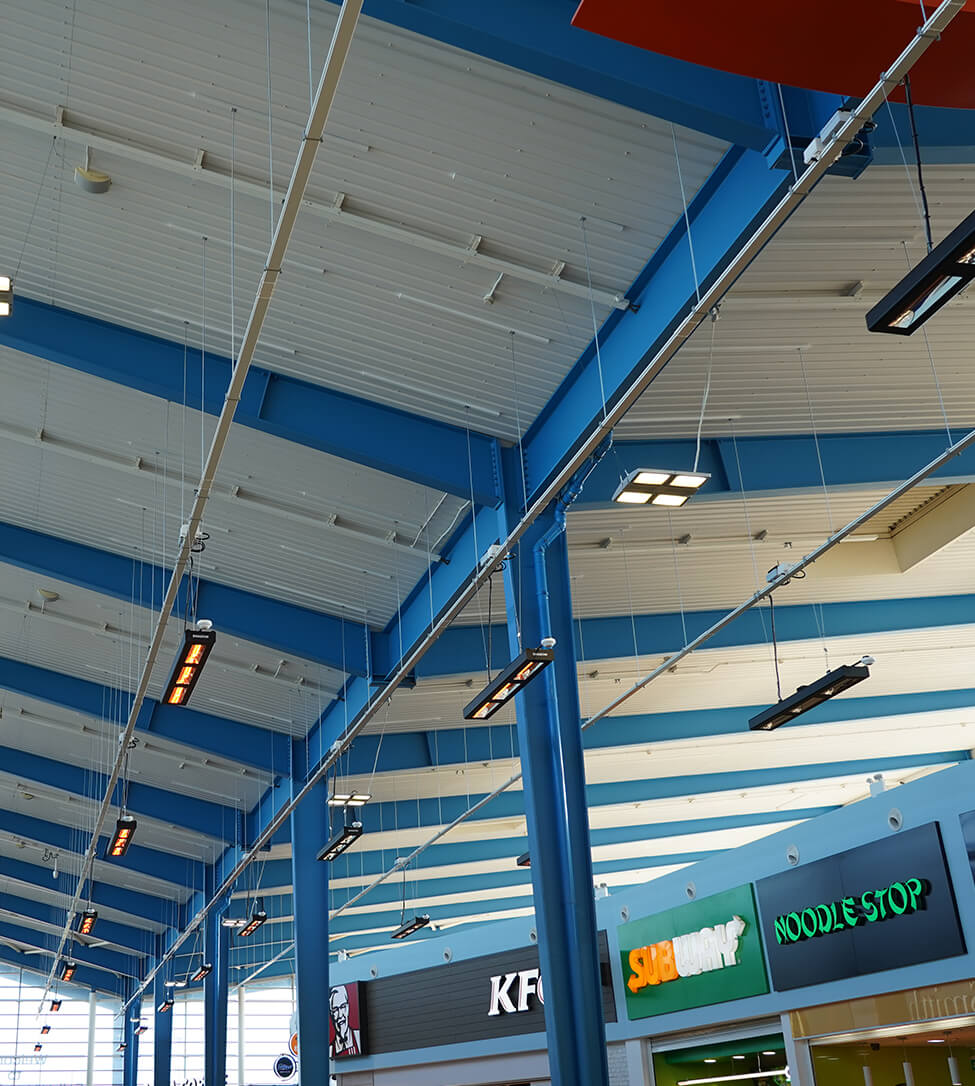
To address Stop 24's needs, we proposed a comprehensive suite of infrared heating solutions.
The specific products and their specifications included:
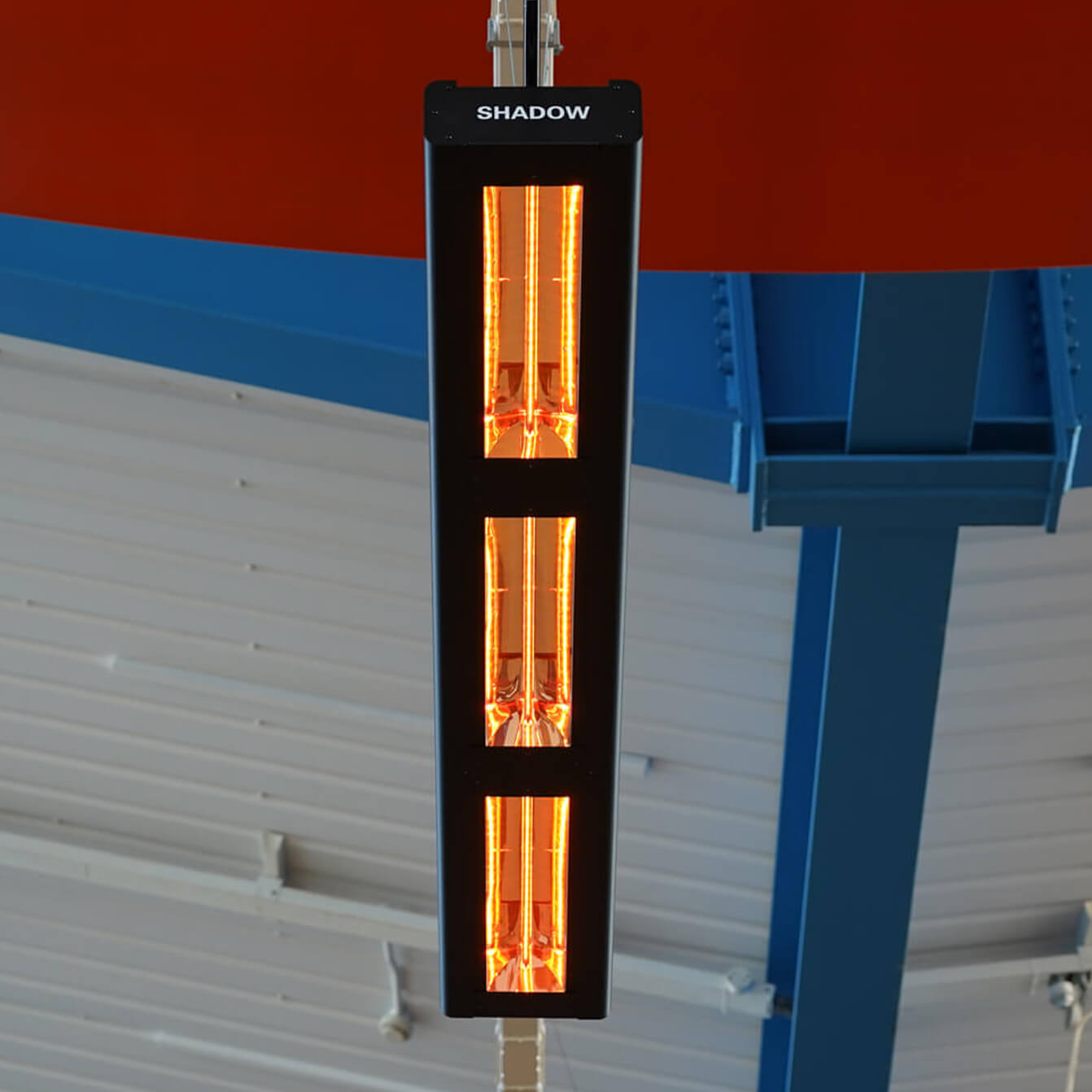
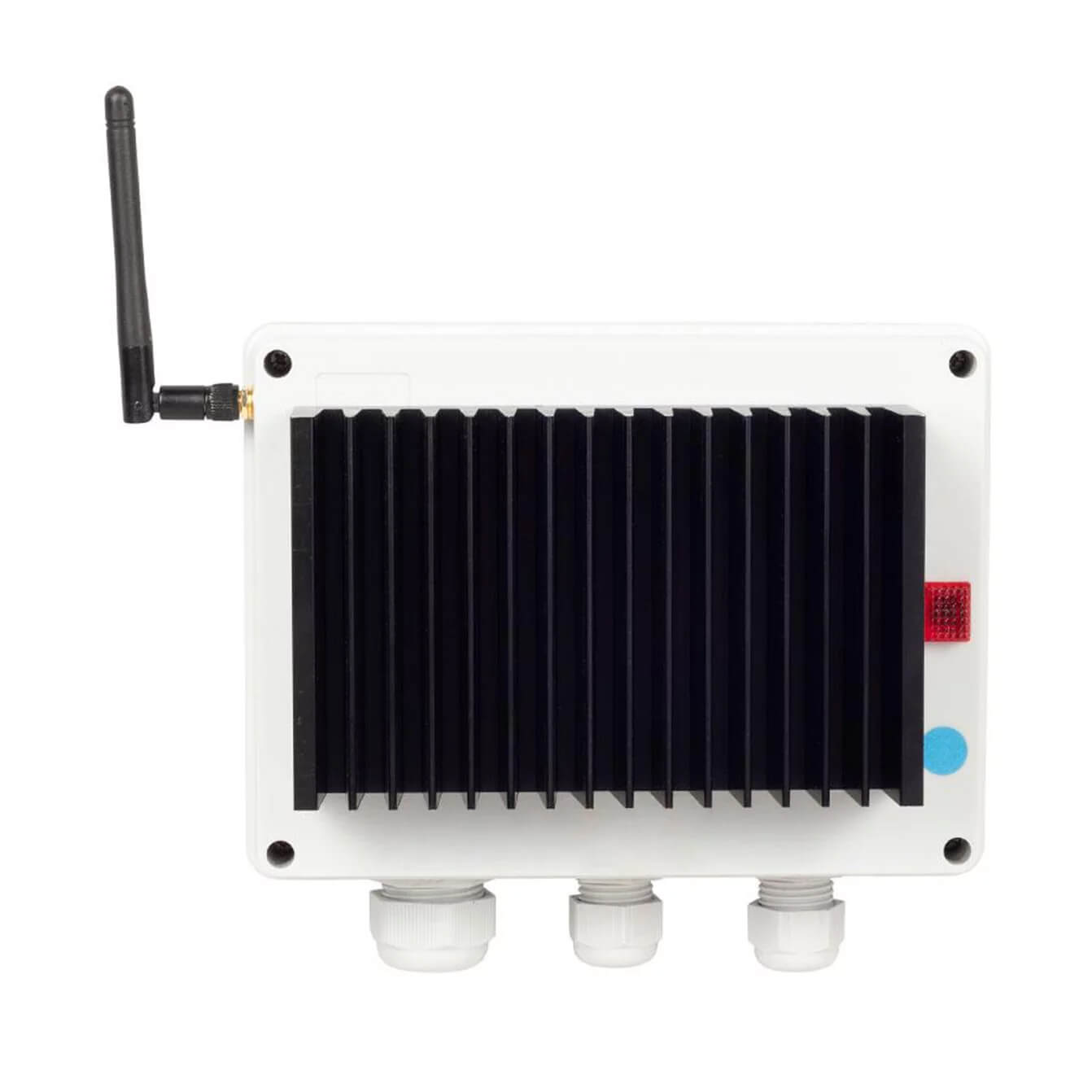
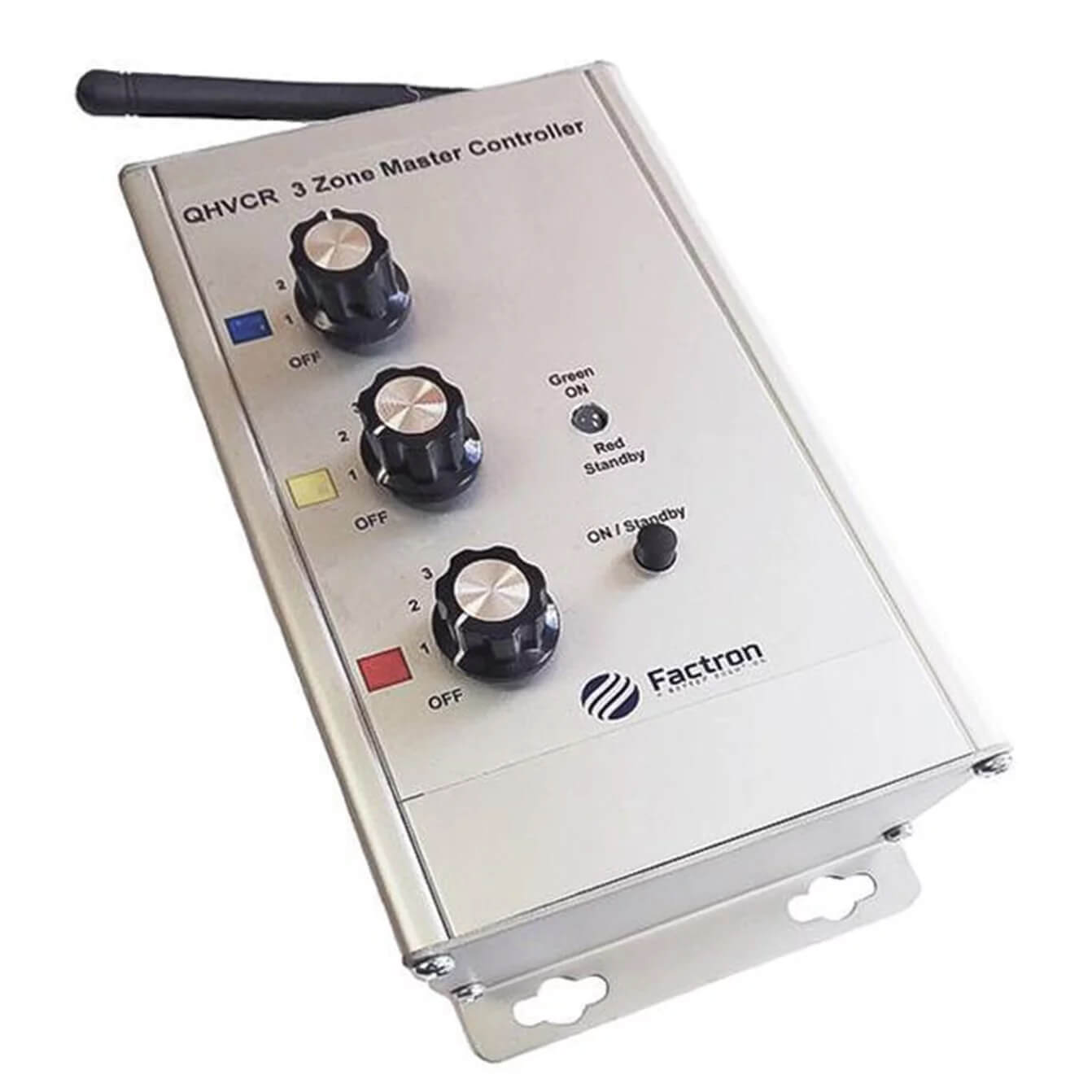
Most companies today want to reduce or eliminate their net contribution to greenhouse gasses - but it can be hard to know where to begin.
What will have the most impact? One focus area for many organisations is their energy use and heating.
Gas-based systems are falling out of favour as they generate significant carbon emissions. Instead, many are turning to electric infrared heating as this offers the potential for zero emissions at the point of use if renewable energy is used to power them.
Infrared is a popular choice as it offers very high-efficiency ratings - up to 98% of energy is converted into heat. Additionally, heat isn't wasted as it can be focused on the areas that need it the most.